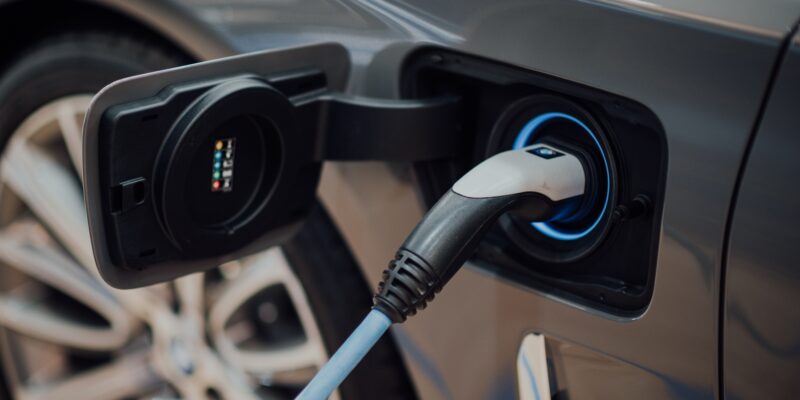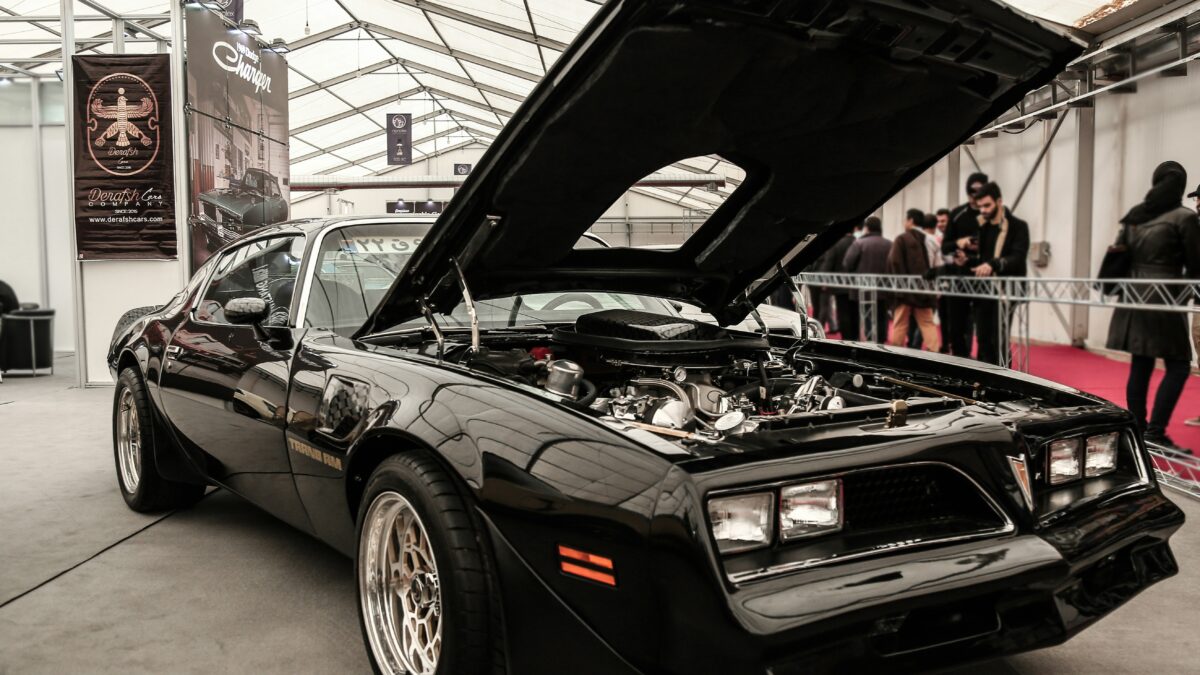Everything to Know About the New EV Tax Credit
Congress is set to approve a newly augmented tax credit for electric vehicles sold within the U.S. This news comes after the Senate voted to pass the Inflation Reduction Act, which includes funding of over $400 billion in a ten year period to support climate and energy programs, as well as the improvement of the U.S. EV tax credit.
The timing couldn’t be more perfect as electric vehicle sales continue to surge throughout America. While normally these incentives tend to sway consumers into switching from combustion engines to electric batteries (hence Norway), the proposed changes actually disqualify all of the current EVs on the U.S. market.
In other words, the verbiage used to describe these new rules indicates that batteries would need to have “at least 40 percent of materials sourced from North America or a US trading partner by 2024 in order to be eligible for a $7,500 tax break,” according to Inflation Reduction Act of 2022.
To put things in perspective, that means you may only qualify for the U.S. EV tax credit if the battery and an assortment of materials are made on American soil. And right now, that is far from the reality of electric vehicle production. The majority of EV batteries are produced in China, with the U.S. only accounting for 8 percent of production in 2022.
Although automakers like GM and Ford are doing everything in their power to start producing batteries in-house, mostly on the account of the microchip shortage, this mission will be years in the making. Which now implies the EV tax credit changes might be rather pointless. How can we expand electric conversion if the incentives aren’t applicable to the current market?
Though the Inflation Reduction Act is a step in the right direction, it’s safe to assume there’s a long road ahead, especially for EV adoption.
 Automakers want to lift the cap on the EV tax credit
Automakers want to lift the cap on the EV tax credit
Most automakers know that in an effort to meet ambitious timelines for electric conversion, buyers must get on board with the change. In truth until recently, consumer opinion on electric usage was rather stagnant. The EV market was more designated towards a niche luxury buyer than the everyday driver. And really, how can you expect buyers to take the greener alternative if the majority of EVs retail higher than conventional models?
As seen by Norway’s success, tax credits are instrumental in convincing drivers to ditch their gas-guzzling engines for electric models. It’s the sam way places like China have have been able to evolve their EV market to include both luxury and affordable options, like the Hong Guang Mini EV for $4.5K. With enticing tax credits, consumers are more willing to budge. And right now, that’s exactly what the American consumer needs.
With a previous cap of 200,000 cars per manufacturer, automakers like General Motors, Ford, and Toyota have been urging governmental officials for awhile now to lift the limit by reason of equal opportunity, according to CNBC. Overall, a new cap lift will effectively incentivize the further adoption of electric models and give more carmakers the ability to tailor their audience to electric production.
Of course, right now that’s too good to be true. With a new cap of $7,500, the Inflation Reduction Act of 2022 does show promise for carmakers like Tesla and GM who previously failed to stay within the 200,000 limit. However, as mentioned before, the new restrictions which indicate cars must be assembled in the North America to qualify for the EV tax credit will further stall the process.
Very few electric models are “American-made” due to the import of lithium ion batteries.
How do I claim federal EV tax credit?
Another change brought forth by the Inflation Reduction Act of 2022 is related directly to your tax filing. While previous years required you to report the EV tax credit on your annual tax return, we’re glad to announce there’s a positive change in store. Now EV buyers can just apply the tax credit upfront at the point of sale, when purchased directly from the dealer. In essence, this means you’ll have one less tax requirement to take car of when tax season comes about.
 Only time will tell
Only time will tell
Did the new bill satisfy all EV tax credit requests? Surely not. Aside from allocated funding for climate and energy programs, the EV tax credit provisions definitely fall short. In all actuality, it’s an unrealistic standard for the time being. Until automakers can manage to produce more components on U.S. soil, the EV tax credit will not be an effective incentive for new car buyers.
Other things to keep in mind are the income tax limit. For example, to qualify for the proposed credit, a buyer must make under $150,000 per year ($300,000 if filing jointly). On top of that, the bill outlines a strict deadline for American made battery components. Automakers must source 100% of their parts from North American retailers by 2029. With the bill set to take effect in January 2023, that leaves 6 years to accomplish this aggressive feat.
It’s safe to say there are a lot of setbacks that stand in the way, as President Biden gets ready to sign the bill in the next couple of weeks. At the same time, the Inflation Reduction Act is a step in the right direction. In comparison to other global leaders, the U.S. has inevitably fallen behind. There is an imminent need for more climate and green energy programs that are crucial for sustaining the environment. Point being, there’s a whole lot of catching up to do.
To recap: The majority of the Inflation Reduction Act will focus on solar panel and wind turbine manufacturing. As well as reduced emission initiatives. However, the EV tax credit changes are important to note. The crux of the matter is consumers need incentives. Automakers will need to figure out a way, and fast, to source parts from North America exclusively. This is the only way to give the updated tax credit a greater purpose.
Learn more about the Inflation Reduction Act of 2022 here.
















